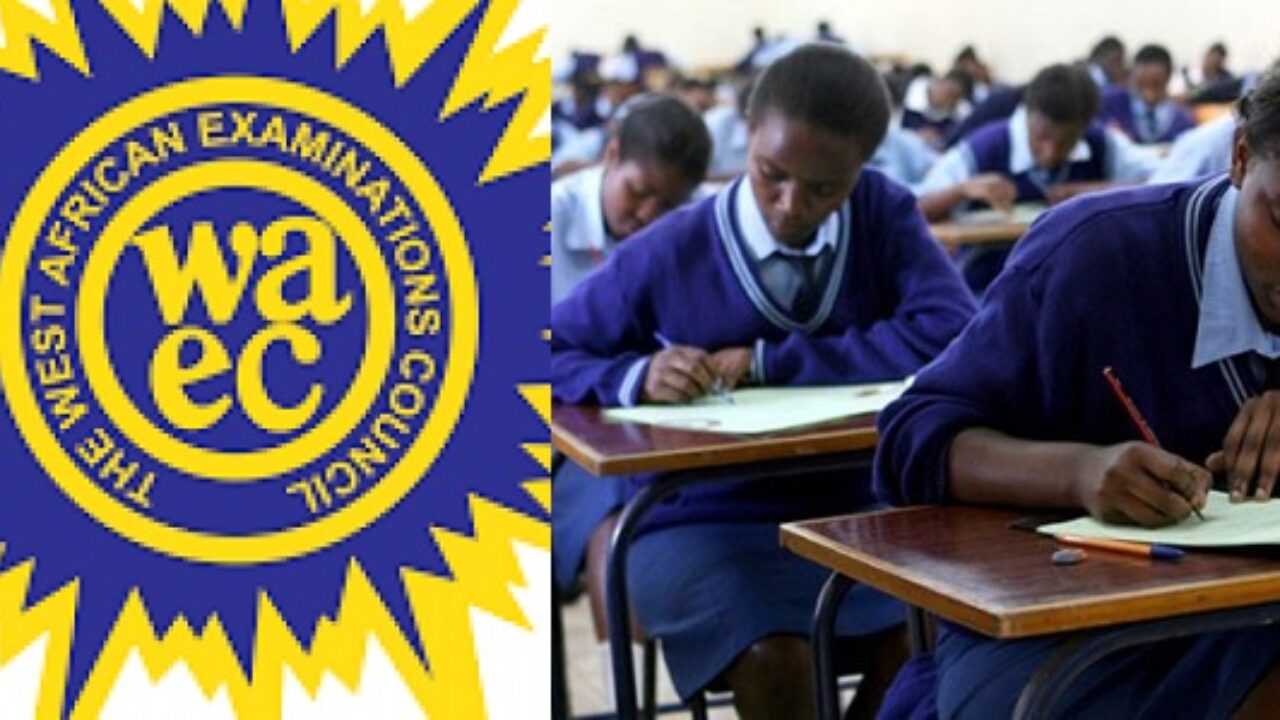The WAEC Chemistry Practical is one of the most important parts of the Chemistry exam. In this section, students are expected to carry out experiments and answer questions based on what they observe and test. It is a hands-on exam, which means candidates will be working with real chemicals, glassware, and laboratory tools.
WAEC has released the official list of specimens, chemicals, and instructions that will be used for the 2025 Chemistry Practical exam. Every school and science teacher is expected to prepare these items ahead of the exam day to make sure candidates have everything they need.
This guide explains everything in a simple way — from the tools required, to the chemicals, and even the exact solutions each student will use during the exam.
Laboratory Equipment and Reagents Required by Each Candidate
Aside from the normal tools found in any Chemistry laboratory, each candidate must be given the following materials during the exam:
- One burette (50.0 cm³ capacity)
- Used for accurate measurement during titration.
- One pipette (either 20.0 cm³ or 25.0 cm³)
- All students in the same centre must use the same pipette size.
- The pipette should be very clean and free from grease.
- Standard apparatus for titration
- This includes a clamp stand, conical flask, and white tile.
- Apparatus and reagents for qualitative analysis
- These include:
- Dilute sodium hydroxide solution
- Dilute hydrochloric acid
- Dilute trioxonitrate (V) acid
- Silver trioxonitrate (V) solution
- Aqueous barium chloride
- Aqueous ammonia
- Lime water
- Red and blue litmus papers
- Dilute tetraoxosulphate (VI) acid
- Fehling’s solution A and B
- Other basic tools
- Spatula
- Filtration apparatus
- One beaker
- One boiling tube
- Four test tubes
- Methyl orange indicator
- Glass rod
- Wash bottle with distilled or deionized water
- Burning splint
- Watch glass
- Bunsen burner or any safe heat source
- Droppers
- Mathematical table or calculator
- Phenolphthalein indicator
Solutions and Mixtures to Be Provided for Each Candidate
Each student should receive the following chemical solutions and mixtures, with labels based on their candidate number (n). These items must be given in corked flasks or bottles and must be identical for all candidates.
- Hydrochloric Acid Solution
- Quantity: 150 cm³
- Label: An (where n is the candidate’s serial number)
- Composition: Contains 8.6 cm³ of concentrated HCl per 1 dm³ of solution.
- Sodium Hydrogen Carbonate (NaHCO₃) Solution
- Quantity: 150 cm³
- Label: Bn
- Composition: Contains 8.0 g of NaHCO₃ per 1 dm³ of solution.
- Solid Mixture of Copper (II) Tetraoxosulphate (VI) and Glucose
- Quantity: One spatulaful
- Label: Cn
- Composition: A 1:1 uniform mixture of CuSO₄ and glucose
- Supplied in a small specimen bottle
All labels (An, Bn, Cn) must correspond with each candidate’s serial number to avoid confusion and ensure proper identification during marking.
Summary and Exam Tips for WAEC Chemistry Practical 2025
The Chemistry Practical is not just about pouring liquids or mixing chemicals — it tests how well you understand chemical reactions, how careful you are in the lab, and how clearly you can report what you observe. Here are a few tips to help you prepare:
- Know how to use each equipment
Practice how to use a burette, pipette, and other glassware correctly. Learn how to read volumes accurately and how to avoid errors during titration. - Understand common reactions
You should be able to recognize changes like color, gas formation, or precipitates when you add one chemical to another. This helps in answering qualitative analysis questions. - Practice titration ahead of time
The acid-base titration is a regular part of the practical. Make sure you understand how to carry it out and how to record your readings. - Handle chemicals with care
Always follow safety instructions. Avoid touching chemicals with bare hands and wash immediately if any spills on your skin. - Label your answers clearly
Use the correct labels (e.g. An, Bn, Cn) in your answers to show which solution or specimen you are referring to. - Work neatly and stay calm
Even if something goes wrong during the exam, don’t panic. Focus and write what you observe. Examiners mark based on your explanation, not perfection.
Final Word
With the right preparation and understanding of these specimens and tools, you’ll be ready to face the WAEC Chemistry Practical confidently. Go over your past practical notes, understand the behavior of the chemicals listed, and stay focused during the exam.

